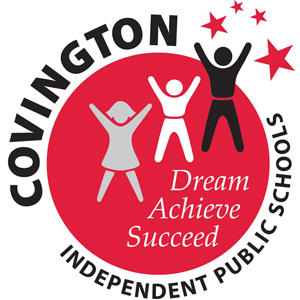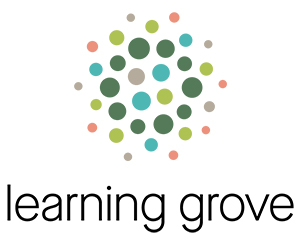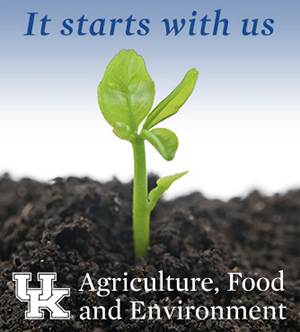Thomas More College and the University of Alaska Fairbanks have entered into a collaboration regarding their athletic training programs that affords unique educational opportunities for students and faculty at both institutions.

As part of the agreement, students in the Thomas More College athletic training program will intern at the University of Alaska Fairbanks and work with the school’s Division 1 hockey team.
The Division of Nursing at Thomas More College is proud to offer a dual B.S. /M.S. degree in Athletic Training. This 164-credit degree program, offered by the Athletic Training Program (ATP), prepares students to take the Board of Certification (BOC) exam to enter the field as a certified athletic trainer (ATC).
Last week, David A. Armstrong, J.D., president of Thomas More College, travelled to Alaska to finalize the partnership with Daniel M. White, Chancellor, University of Alaska Fairbanks.
This is the kind of out-of-the-box partnership that will give Thomas More students a life-changing experience,” said David A. Armstrong, J.D., president of Thomas More College. “The top-notch athletic trainers and facilities at the University of Alaska Fairbanks will give our students an unmatched opportunity amongst regional institutions.”

To further extend this dynamic agreement, the two schools are now also exploring the possibility of a future collaboration between their Biology Departments, with a special emphasis on marine and aquatic biology.
Thomas More College marine biology professor Stephanie Snyder accompanied President Armstrong on the trip, during which the pair experienced University of Alaska Fairbanks biology programs developed around the richness of the vast Alaskan landscape and its ecology.
Future collaborative possibilities include:
semester or year-long professor exchanges on each other’s campuses
research collaborations amongboth its faculty and its students.
opportunities for digital classroom educational options, which could include, but not be limited to, distant classroom learning, digital lecture series, and online team teaching courses.



















